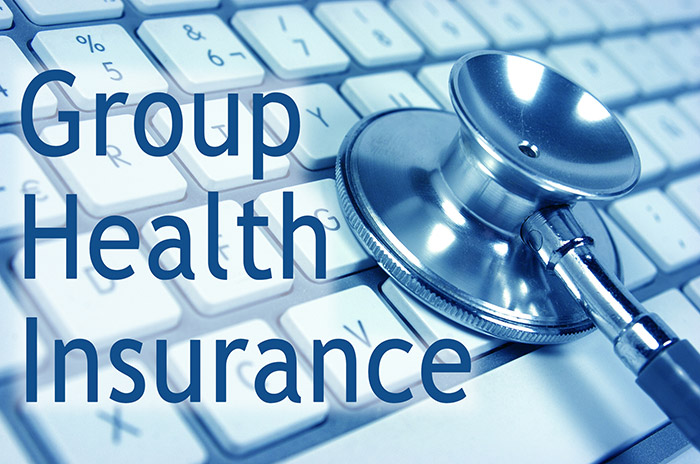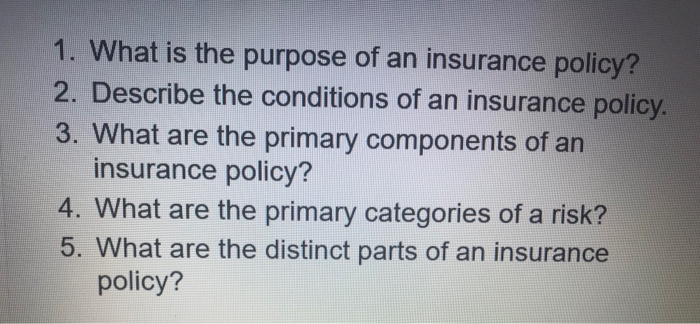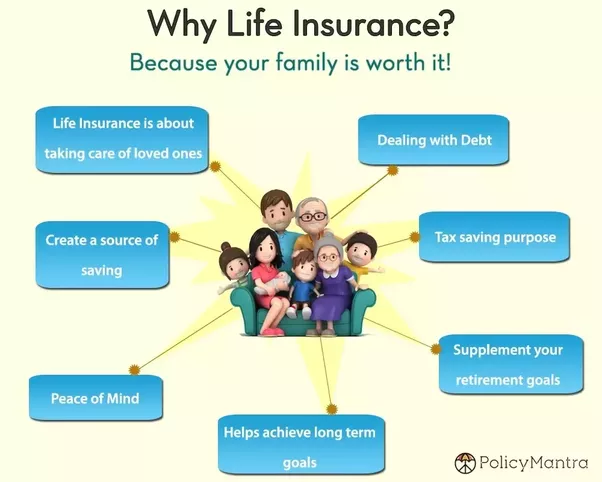What Does Pacific Prime Mean?
See This Report about Pacific Prime
Table of ContentsThe Definitive Guide to Pacific PrimeThe 10-Minute Rule for Pacific PrimePacific Prime Fundamentals ExplainedPacific Prime Things To Know Before You Get This
In many states, the insurance provider is called for to send you a duplicate of the changes to your policy. It is essential that you review Recommendations or Cyclists so you recognize just how your plan has actually altered and if the policy is still appropriate to satisfy your requirements. To get a duplicate of your insurance policy, please contact your insurance agent or firm.
The Institute of Medication (IOM) Board on the Effects of Uninsurance launches a prolonged assessment of evidence that addresses the significance of health and wellness insurance policy protection with the magazine of this record. Insurance coverage Matters is the first in a collection of 6 reports that will be issued over the following 2 years documenting the reality and consequences of having an approximated 40 million individuals in the USA without medical insurance coverage.

Getting My Pacific Prime To Work
The goal of this collection of studies is to refocus plan attention on a longstanding trouble. Following the longest financial development in American history, in 1999, an estimated one out of every 6 Americans32 million grownups under the age of 65 and more than 10 million childrenremains without insurance (Mills, 2000).

Ten percent of the populace accounts for 70 percent of health and wellness care expenditures, a correlation that has continued to be constant over the previous 3 decades (Berk and Monheit, 2001) - international travel insurance. Therefore medical insurance remains to offer the function of spreading threat also as it progressively funds routine treatment. From the viewpoint of health and wellness treatment service providers, insurance coverage carried by their people helps protect a revenue stream, and communities take advantage of monetarily sensible and steady healthcare experts and establishments
Government supplies medical insurance to populaces whom the private market might not offer successfully, such as handicapped and senior citizens, and populaces whose accessibility to health and wellness care is socially valued, such as kids and expecting ladies. The utmost ends of health and wellness insurance coverage for the individual and neighborhoods, consisting of workplace neighborhoods of workers and companies, are enhanced health end results and high quality of life.
An Unbiased View of Pacific Prime
Workers rank medical insurance first by much in value among all the advantages offered in the office (Salisbury, 2001). There have been substantial financial investments of personal and public funds to give health and wellness insurance, numerous individuals still have no protection. Despite considerable reporting of study searchings for and health and wellness treatment study results, the public continues to be confused and misinformed concerning Americans without health insurance coverage and the effects of lacking insurance coverage.

Without concern, the intricacy of American healthcare financing systems and the wide range of sources of information contribute to the general public's complication and uncertainty concerning health insurance coverage data and their interpretation. This record and those that will comply with purpose to distill and present in conveniently reasonable terms the considerable research study that bears upon questions of health and wellness insurance protection and its value.
Fifty-seven percent of Americans polled in 1999 thought that those without medical insurance are "able to obtain the treatment they require from physicians and health centers" (Blendon et al., 1999, p. 207). In 1993, when national attention was concentrated on the problems of the without insurance and on pending health and wellness care legislation, just 43 percent of those polled held this idea (Blendon et al., 1999).

They also obtain less precautionary services and are much less most have a peek at this site likely to have routine take care of persistent conditions such as hypertension and diabetes. Persistent illness can lead to pricey and disabling difficulties if they are not well handled (Lurie et al., 1984; Lurie et al., 1986; Ayanian et al., 2000). One national study asked more than 3,400 adults concerning 15 extremely severe or morbid problems.
The 9-Second Trick For Pacific Prime
Added evidence is offered later in this phase in the conversation of insurance policy and access to healthcare. https://slides.com/pacificpr1me. People without wellness insurance coverage are young and healthy and select to do without protection. Almost fifty percent (43 percent) of those surveyed in 2000 thought that individuals without medical insurance are extra likely to have health issue than individuals with insurance coverage
Citizens and policy manufacturers in focus team discussions identify those without insurance coverage as youths that have the opportunity to be covered and feel they do not require it (Porter Novelli, 2001). Contrasted to those with at the very least some private insurance coverage, the uninsured are less likely to report remaining in excellent or really good health and wellness (Agency for Health Care Study and Quality, 2001).
RESOURCE: Center for Expense and Funding Studies, Agency for Health Care Research and High quality, based upon MEPS information. Young grownups between 19 and 34 are much much more most likely to do not have health insurance coverage than any kind of various other age team. This is chiefly since they are much less often eligible for employment-based insurance coverage because of the nature of their work or their brief period in it.
The assumption that people without insurance have better-than-average health complies with from puzzling the fairly young age profile of the uninsured with the far better health, usually, of younger persons. This obscures the web link in between wellness standing and medical insurance. For those without accessibility to workplace medical insurance, inadequate wellness is a potential barrier to purchasing nongroup protection since such protection may be highly priced, omit pre-existing problems, or be just inaccessible.